|
Every year around this time (beginning of fall) a popular topic among homeowners is the popular preventive maintenance schedule prior to the upcoming winter months and whether a preventive home inspection is necessary. Since there is no right or wrong answer to this question (depending on
your level of expertise) we decided to provide our opinion on this topic including the benefits of performing a preventive home inspection on your home/investment as well as the frequency of these types of inspections. Wondering what's included in a preventive inspection? A preventive maintenance home inspection is an in depth inspection of the building and its components with the intention of identifying underlying issues and providing the homeowner with peace of mind that the property is in ideal condition with no deficiencies that may have gone unnoticed that could have a direct impact on the buildings condition. The goal of this type of inspection is to provide a detailed list of issues that require repair and/or maintenance prior to potential future problems that may magnify if left in their current state. The secondary purpose of a preventive maintenance home inspection is to inspect and ensure that all of the buildings components are running efficiently. Most building components that can be preventively inspected and maintained/serviced often times can save both time and money for the homeowner by replacing and/or maintaining specific components before the failing and/or damaged item causes additional harm to items and/or components that are linked or in close proximity. A few good examples of this would be an unnoticed leaking roof that is causing additional damages in the attic, an unprotected exterior hose bib that may freeze in the winter months causing damages to the plumbing system as well as HVAC (heating/ventilation and A/C) issue that may harm your furnace and/or Heat pump and its efficient operation. These just to name a few. Once the physical inspection is performed we provide a detailed 40-70 page inspection report with extensive description and images of all the components inspected. Still have questions after the report is sent? Contact us after the report is received and we will gladly explain our report as well as any questions you may have. A lot can happen in 5 years. This is why our suggested interval of preventive maintenance home inspections is set at or around the 5 year mark. Since most major building components generally last well over the 5 year mark we have suggested this interval as a guideline that ensures proper maintenance before any major defects arise. Just remember preventive maintenance protects the building and saves money in the long term. If you are looking for a qualified/certified and capable home inspector to perform a preventive maintenance home inspection and/or any of our additional services including Pre-Purchase and Pre-Sale inspections please contact us at 514-261-1438 or [email protected]
0 Comments
Spring is soon approaching and with spring comes substantial amounts of water. Here at 360 Inspections we believe prevention is paramount in keeping a building and its components in optimal condition for years/seasons to come.With spring at our doorstep we have compiled a list of preventative measures to ensure water stays as far away from your property as possible.
Gutters: Ensure gutters are clear of all debris in order to allow optimal flow of water. The gutters should also be inspected to ensure water isn't escaping in areas around joints allowing water to leak onto the building. Gutter Downspouts: Downspouts should extend to a minimum of 6 feet away from your foundation walls in order to guarantee proper evacuation away from the building and its components. Sump Pump: The sump pump should be tested in order to confirm it functions and is operational. This important device will evacuate water around your foundation footing as the water table rises below it (not all houses are equipped with a sump pump/french drain) Drains: Floor drains in and around the building should be inspected and cleaned to ensure proper flow and drainage. These drains can often be clogged or frozen in early spring. Roof: The roof shingles and connection points to its components (chimney,vents,flashings etc..) should be verified to confirm connections are properly caulked/sealed and that all roof shingles/material are in appropriate condition and properly secured in place. Windows/Doors: All windows/doors and their connection points to the building should be inspected to ensure caulking joints are sealed sufficiently to prevent water from infiltrating into the building. For more questions regarding Spring maintenance or to book a Pre-Purchase building inspection contact us at 514-261-1438 With winter soon approaching it is important to take certain preventative measures to ensure your home is protected before our cold snowy winter arrives. Here at 360 inspections we have created a building winterization checklist to help ensure all building components get the TLC they require before winter hits. Hose: -Disconnect and store any hoses connected to exterior faucets. Turn off the hoses water supply from the interior of the building and properly drain the line unless the building is equipped with an anti-freeze unit. Heating system: -Test all furnaces, thermopumps and heaters to ensure all units are functional. -Clean and/or replace all furnace and air exchanger unit air filters for optimal flow. -Winterize/cover outside air conditioning units. Smoke/Co2 detectors: -Check to make sure all smoke detectors function properly and replace batteries where/if necessary. Gutters and downspouts: -Clean gutters of any debris and ensure downspouts extend at least 6 feet away from the buildings foundation walls. -Verify gutters and downspouts are properly secured to the building and do not leak at joints. Windows and doors: -Ensure all windows and doors have proper weatherstripping‘s and caulking to avoid drafts and heat loss. Drains: -Examine drains and sump pump evacuation lines to prevent blockages. Plumbing: -Insulate any plumbing lines that are in cold locations such as unfinished basements or crawl spaces. Roofs: -Examine roof shingles for missing, damaged or warped areas and replace where necessary to avoid leaks. -Check roof flashings and vents for deterioration and seal joints with caulking where necessary. Chimney: -Examine the firebox and flue for cracking (brick and mortar). -Ensure the damper functions properly. -Make sure the chimney is clean of any soot or creosote before using it for the first time. Trees: -Trim and remove any overgrown or damaged trees in close proximity to the building. Please consult appropriate specialists to carry out any necessary work mentioned in this Facebook post. For any further questions or information regarding winterization feel free to contact 360 Inspections at 514-261-1438 or [email protected] When it comes time to choose a qualified home inspector people are often unsure of what they need to look for. Here is a list of reasons why you should choose 360 inspections. We spend the time that it takes at inspection When it comes time to inspect your potential future home we spend the extra time it takes to ensure that you have all the information required to make an informed decision. Our reports are thorough and detailed Our reports go further. Not only do our reports document major flaws and issues they also mention smaller details as well as maintenance and repair suggestions. Superior customer service It's all about customer satisfaction. Whether it's guiding first time homebuyers through the process or following up with a client who has questions after an inspection, we are there to provide answers. Bilingual team A bilingual team at your service. Our team offers both English and French inspections and reports in order for our customers to fully understand the information presented. We carry the proper insurances The proper insurance for the job. We are insured for both general liability as well as errors and omissions. For further information on our services or to book an inspection please call us at 514-261-1438 or consult our website at www.lesinspections360.com Newly built homes and condominiums are becoming a popular choice for future homeowners looking to purchase a property. In most cases these buyers presume that since the home is new and under warranty that a home inspection isn't required. In our opinion the question isn't whether or not you should have the home inspected but rather when?
Through our experience with new construction builds we have set three important stages at when a newly built home should be inspected and why: Pre delivery This inspection performed prior to taking possession of the home is critical in order to thoroughly inspect and confirm that all the homes components are properly installed and functioning. At this time we will also be looking at the structural and safety elements of the home. Through experience we have noticed that this stage of the inspection can be extremely beneficial to have a home inspector alongside since the representative on site is working for the builder and can easily omit certain issues that may go unnoticed. 30 to 90 day period If for some reason you chose to forgo the redelivery inspection the 30 to 90 day period is another excellent time to have your new home inspected. At this point in time the inspection will follow many of the same guidelines as the pre-delivery inspection however the home will have a chance for its components to be used for a period of time before inspection. This time delay often gives the opportunity for the buildings components to reveal any defects or flaws that would present themselves in the short-term. 1 year period The one year mark is another logical time to inspect your new home. At this point the home has had its time to reveal any defects or flaws over a tried and true period, it will also allow your home structure to settle and experience the variety of conditions that all four seasons present in Quebec. In conclusion we must mention that all new builds do come with a warranty however if you are unaware of the issues presented you will be unable to have them fixed through the warranty. With the expertise of a home inspector these undesired issues can be avoided saving significant money time and inconveniences. You can contact our home inspection specialists as of today at 514-261-1438 or [email protected] Home inspections can often reveal many underlying issues that can often go undetected. Here at 360 inspections we have compiled a top 5 list of the most common issues we encounter out in the field. Whether it's a condo, house or revenue property these were the most commonly flagged issues we detected:
#1 Grading and Drainage: Grading and Drainage took the pole position on our list due to it's consistent manifestation around homes that were inspected. Grading was often inexistent (flat)in most cases or even negative (towards the house) in severe cases. This issue keeps water around the foundation in an area that should be dry. Drainage being just as important was also neglected with most homeowners having their downspouts drain within 1 foot of their foundation wall. In order to successfully evacuate gutter water from your house you must have at least a 4 foot downspout. #2 Plumbing: Plumbing was a close second on our list with many issues coming from older homes. Generally speaking the older the plumbing installation the more issues we found. Most of the issues noted were from old materials used as well as poor installation practices. We also noted many household items that were used on a daily basis that were faulty including faucets, showers and toilets. #3 Roofs: Roofing cannot be forgotten and placed 3rd on our list. A typical roof will last 15 to 20 years but this will often depend on many factors including location, weather conditions as well as improper installation. Roofing is often the most sound investment you can make on your home since it is the most important component preventing water damage to the whole building. #4 Electrical Electrical due to safety issues placed 4th on our list. The most common issues found with Electrical installations was improper wiring, poor connections and proper grounding. Since electrical problems are one of the main causes for building perils these issues should be serviced immediately. #5 Ventilation Ventilation and the lack thereof placed itself 5th on our list. Many of the houses inspected simply didn't have enough ventilation. Generally speaking most homeowners habits create moisture, and with insufficient ventilation this moisture can cause mold and other unhealthy conditions throughout the home. The most common issues were bathrooms without fans and kitchens with faulty or poorly vented range hoods. |
Archives
October 2018
Categories |
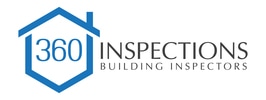
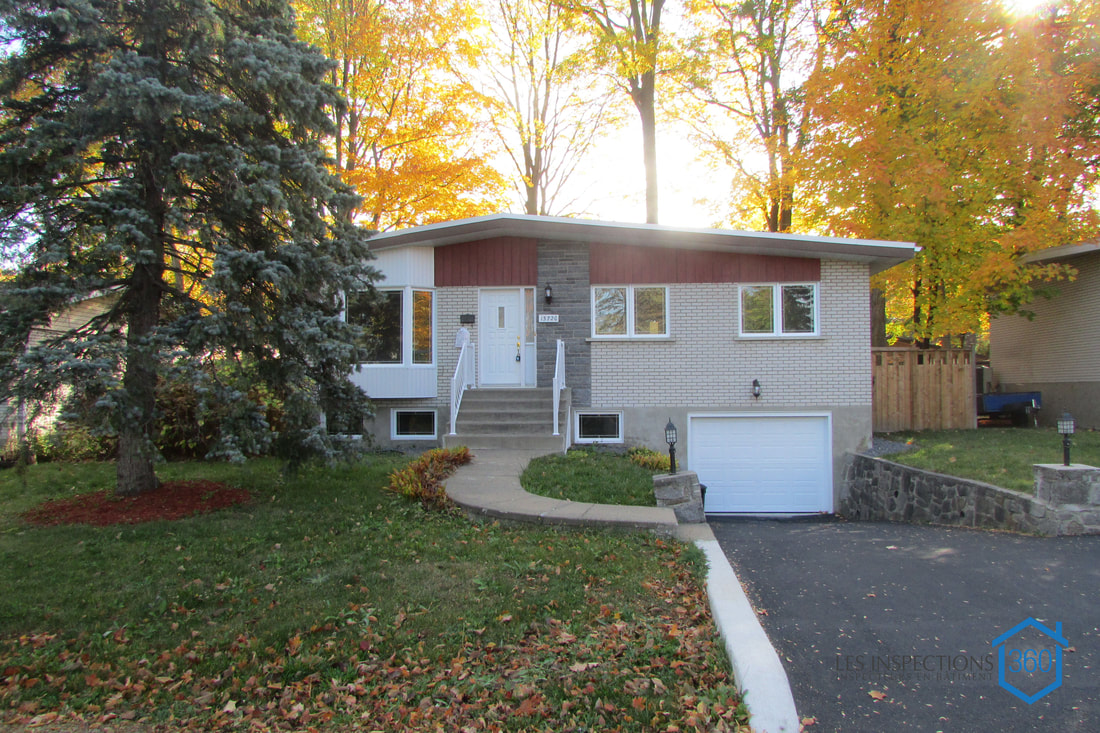
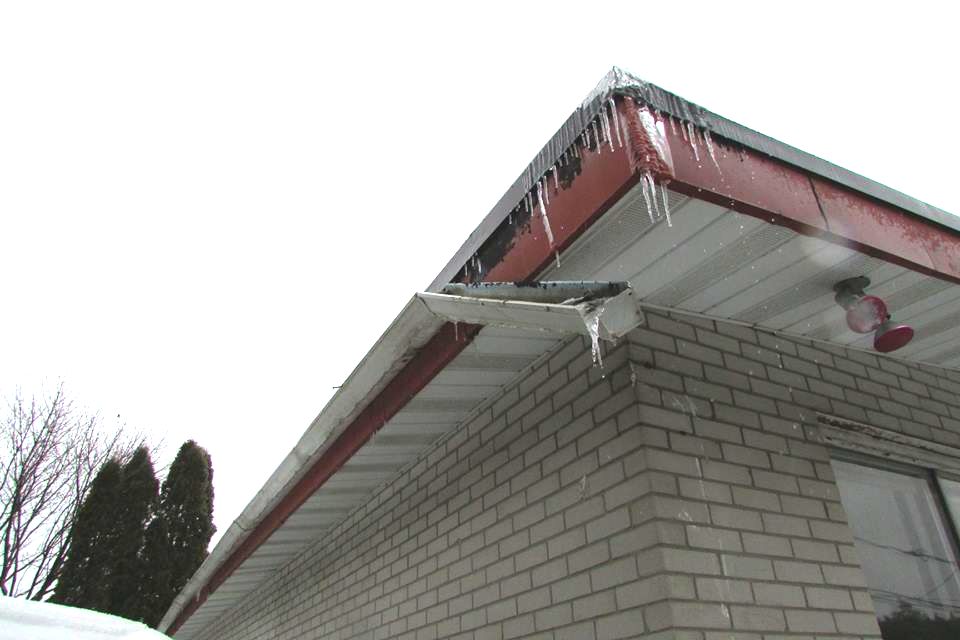
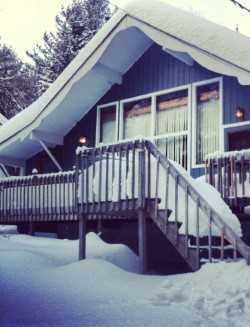
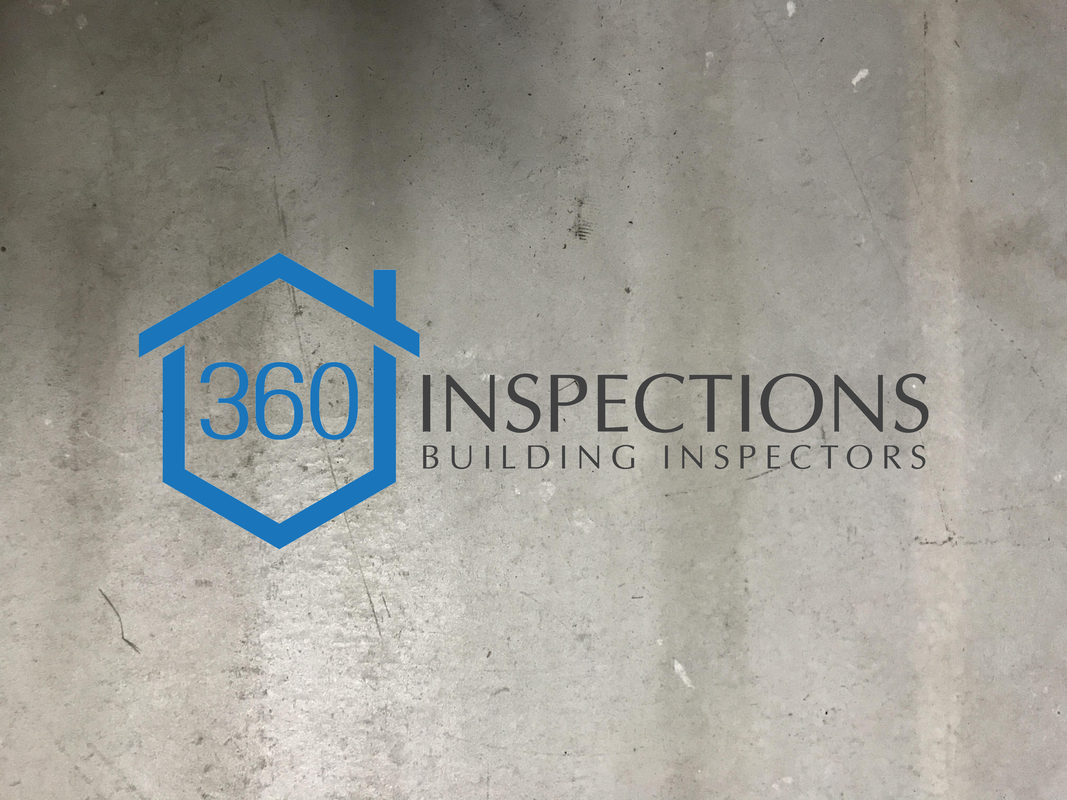
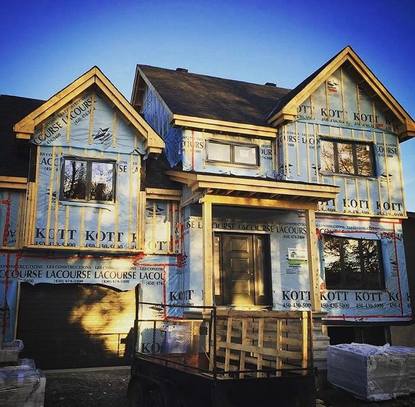
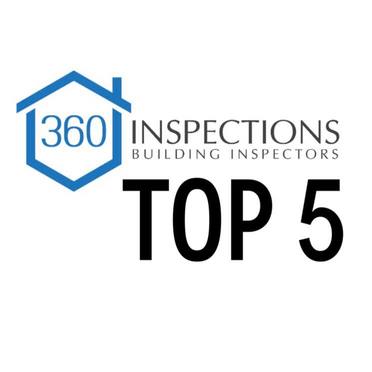
 RSS Feed
RSS Feed